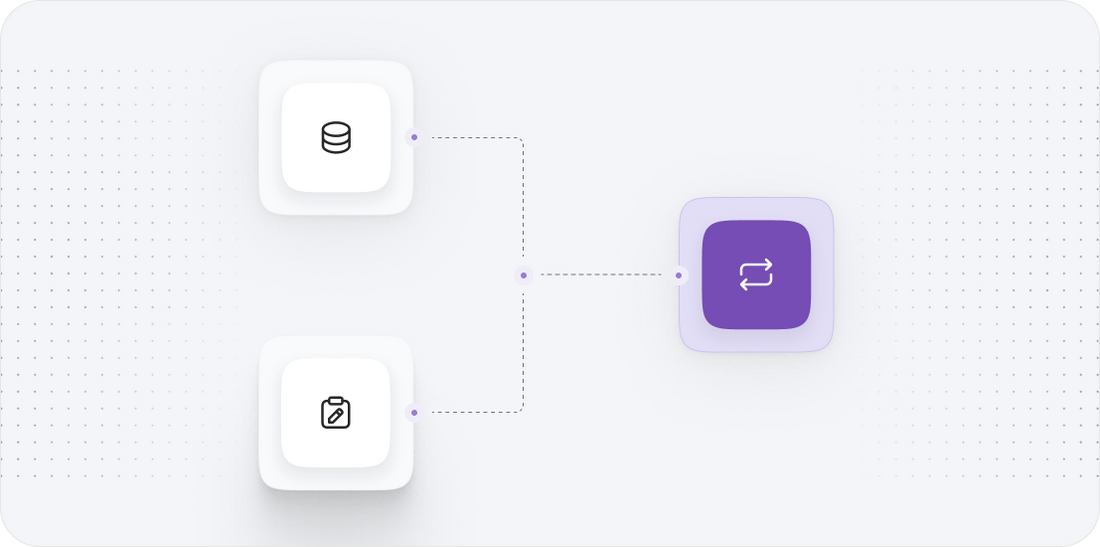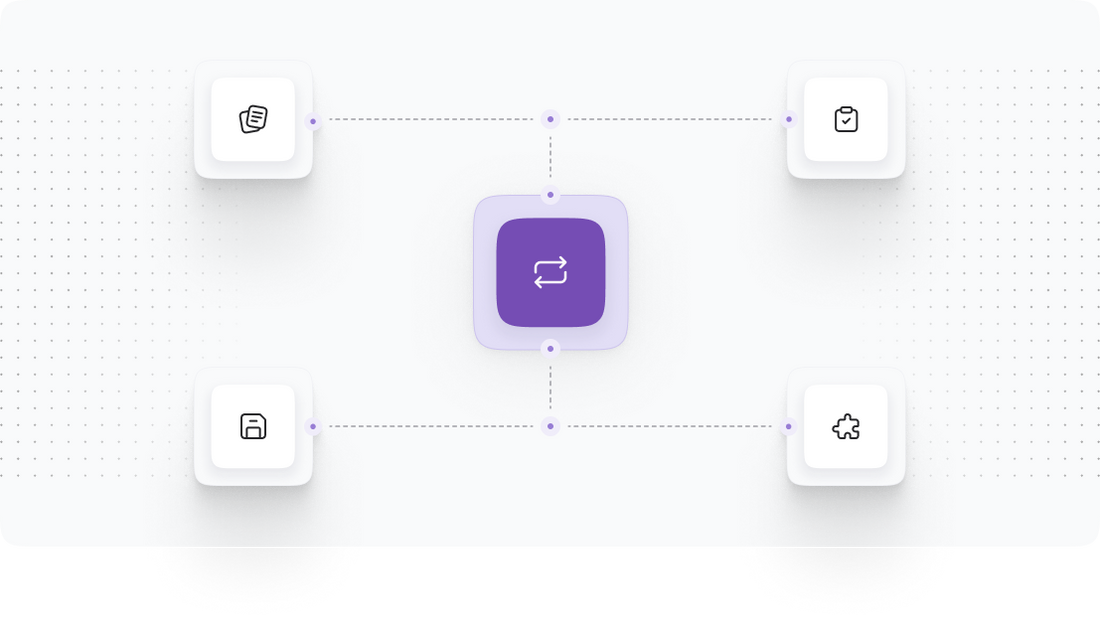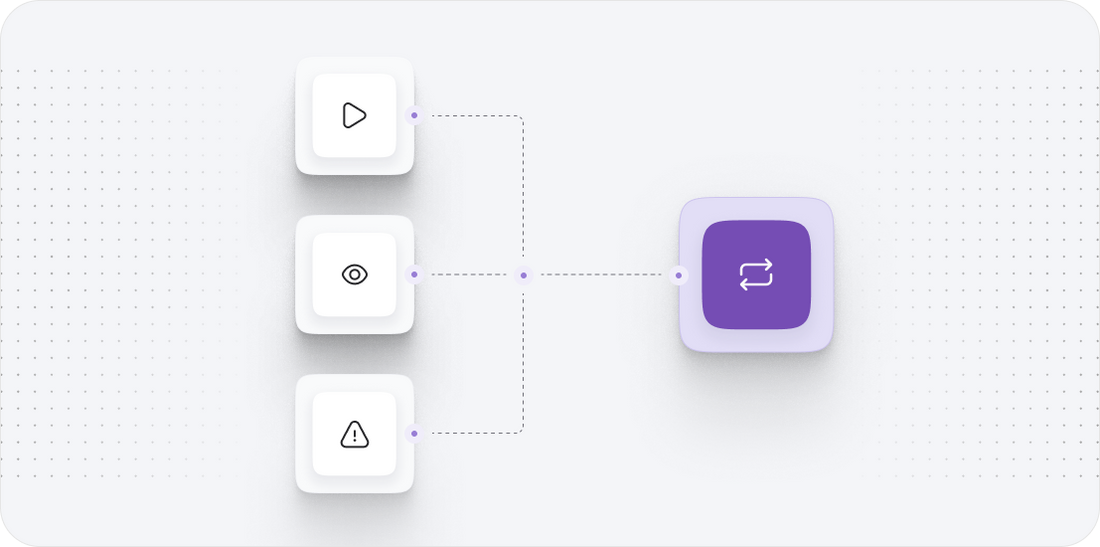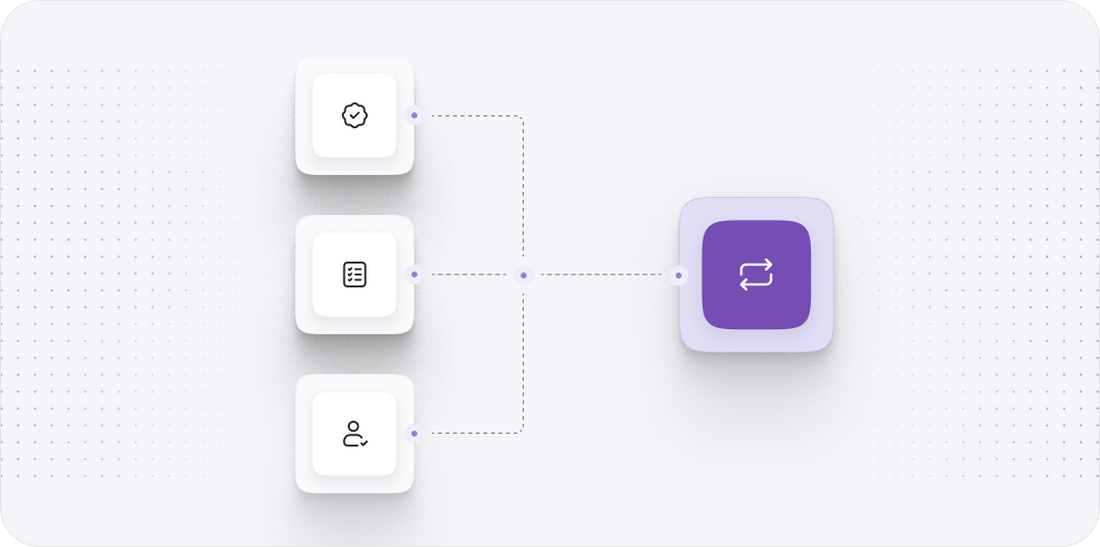





Magento to Mirakl
Migrating your store from Magento to Mirakl might seem daunting, but with proper planning and the right tools, it's a smooth process. Follow this step-by-step guide to ensure a successful transition.
Schedule a call
Step-by-Step Migration Guide: Magento to Mirakl Migration Guide
Step 1: Assess Your Current Data
In this step, we will evaluate the existing data structure in Magento to prepare for migration to Mirakl. Understanding what data needs to be transferred is crucial for a successful migration.
Step 2: Define Your Goals
In this step, we will outline the specific objectives for the migration, ensuring that the transition aligns with business goals and enhances performance on Mirakl.
Step 3: Plan Your Timeline
Creating a detailed migration timeline is critical for ensuring that all tasks are completed efficiently and that the migration aligns with your business's operational needs.
Step 4: Data Migration Techniques
In this step, we will explore the various data migration techniques to ensure a smooth and successful transfer of data from Magento to Mirakl.
Step 5: URL Structure and Redirects
This step focuses on preserving SEO value by mapping old URLs to new ones, ensuring that customers and search engines can find your products on Mirakl.
Step 6: Post-Migration Testing
After migration, it is vital to conduct thorough testing to ensure that all functionalities are working correctly and that no data has been lost.
Step 7: Ongoing Support and Optimization
This step focuses on establishing a plan for ongoing support post-migration to ensure the continued success and optimization of your Mirakl platform.
Power Your Step - Get in Touch
Ready to transform your ecommerce operations? Contact PowerCommerce today for expert migration support tailored to your unique needs.
Step 1: Assess Your Current Data
Before initiating the migration from Magento to Mirakl, it is essential to conduct a thorough assessment of your existing data. This phase involves identifying and cataloging all data types that will be migrated, including product information, customer accounts, order history, and more. The goal is to ensure that all relevant data is accurately transferred to maintain continuity in your operations.
Start by creating a comprehensive inventory of the data types in your Magento store. This should include:
- Product Information: Titles, descriptions, SKUs, pricing, and inventory levels.
- Customer Data: Customer accounts, purchase history, and preferences.
- Order History: Past transactions that may need to be accessible post-migration.
Additionally, consider any custom attributes or unique fields in your Magento setup that may require special attention during migration. Document these attributes as they will need to be mapped to the corresponding fields in Mirakl.
Technical considerations include ensuring the data formats are compatible. For instance, Mirakl may have different requirements for product attributes compared to Magento. Establishing a clear mapping of how Magento fields correspond to Mirakl's fields will streamline the migration process and reduce the risk of data loss.
Once you have documented and assessed your data, review the data quality. Clean up any duplicates, correct errors, and ensure that all necessary fields are populated. This step is vital as it sets the foundation for a successful migration.

Step 2: Define Your Goals
Defining clear goals for your migration from Magento to Mirakl is essential for guiding the entire process. This step involves identifying what you aim to achieve with the migration and how it aligns with your overall business strategy.
Consider the following objectives:
- Enhanced User Experience: Are you aiming to improve the shopping experience for your customers? This could involve faster loading times, a more intuitive layout, or better product discovery features.
- Increased Scalability: Is your goal to support a greater number of products or sellers? Mirakl's capabilities can help you expand rapidly, so understanding your scalability goals is crucial.
- Streamlined Operations: Are you looking to simplify order management processes? Defining this goal will help shape how you configure Mirakl to optimize operational workflows.
With these objectives in mind, communicate them to your team and stakeholders. Ensure that everyone involved in the migration understands these goals, as they will influence technical decisions and resource allocations throughout the migration process.
Additionally, establish key performance indicators (KPIs) to measure the success of the migration. This could include metrics such as site performance, customer satisfaction, and sales growth post-migration. Having these metrics in place will help you evaluate the effectiveness of the migration once completed.

Step 3: Plan Your Timeline
Planning your migration timeline is a critical step in the Magento to Mirakl migration process. A well-structured timeline will help ensure that all tasks are completed efficiently, minimizing downtime and disruption to your business operations.
Begin by outlining all the key activities involved in the migration process. These activities may include:
- Data Assessment and Cleanup: Time allocated for assessing current data and cleaning it up for migration.
- Mapping Data Fields: Creating a detailed mapping of how data from Magento will correspond to Mirakl’s data structure.
- Testing Migration: Conducting a pilot migration to test the process and identify any issues before the full-scale migration.
- Full Migration Execution: The actual migration event where data is transferred from Magento to Mirakl.
- Post-Migration Testing: Verifying that all data has been transferred accurately and functionalities are working as expected on Mirakl.
Assign realistic timeframes to each of these activities. Consider factors such as the size of your data, the complexity of your configurations, and the availability of your technical resources. Collaborate with your team to ensure that the timeline aligns with business operations, particularly if you have busy sales periods.
Additionally, include contingency time for unexpected challenges that may arise during the migration process. This proactive approach will help you remain agile and responsive throughout the migration.

Step 4: Data Migration Techniques
The actual data migration from Magento to Mirakl can be executed using several techniques, each with its own advantages and challenges. Selecting the appropriate migration method is vital to ensure a seamless transition without data loss or corruption.
Here are some common data migration techniques:
- Automated Migration Tools: Using specialized migration tools can significantly simplify the process. These tools often come equipped with features that automate data extraction, transformation, and loading (ETL) processes. Examples include Mirakl's own migration connector tools that facilitate direct integration with Magento.
- Database Export/Import: For businesses comfortable with technical processes, exporting data directly from the Magento database (in formats such as CSV or XML) and then importing it into Mirakl can be a viable option. This method allows for customization in how data is structured during the transition.
- API Integration: Leveraging APIs provided by both Magento and Mirakl can enable real-time data synchronization. This technique is particularly useful if you require a continuous flow of data between the two platforms during the migration process.
Regardless of the technique chosen, it is imperative to perform a pilot migration first. This test will allow you to evaluate the chosen method's effectiveness and make adjustments before the full migration.
Technical considerations include ensuring that all data mappings are defined correctly and that any necessary data transformations are completed to match Mirakl's requirements. Always back up your data before commencing any migration to prevent data loss.

Step 5: URL Structure and Redirects
Maintaining your current SEO rankings is a critical concern during the migration process. One way to do this is by managing URL structures and implementing proper redirects from your old Magento URLs to the new Mirakl URLs.
Start by documenting your current URL structure. Identify all key pages, including product pages, category pages, and landing pages. This documentation will serve as a reference for mapping old URLs to their new counterparts on Mirakl.
Next, create a URL mapping plan that specifies how each old URL will redirect to the new URL. This can be accomplished using 301 redirects, which are permanent redirects that signal to search engines that the content has moved. Here’s how to implement this:
- Identify Old URLs: Gather all the existing URLs from your Magento store.
- Create New URLs: Determine the new URLs that will be established on Mirakl, ensuring they are SEO-friendly and descriptive.
- Set Up 301 Redirects: Implement the 301 redirects in your server configuration or through your domain’s DNS settings to redirect traffic from old URLs to new ones.
Additionally, consider using tools such as Google Search Console to monitor for crawl errors after migration. This step will help catch any issues with redirects or broken links that may arise following the move.
By planning and executing URL redirects carefully, you can help preserve your existing SEO value and ensure a smooth transition for both users and search engines.

Step 6: Post-Migration Testing
After the data migration from Magento to Mirakl is complete, it is crucial to conduct thorough post-migration testing. This phase is essential to ensure that all functionalities are working correctly and that no data has been lost or corrupted during the transfer.
Begin your testing process by validating the integrity of the migrated data. Check that all product information, customer accounts, and order histories have been accurately transferred. This can involve:
- Data Verification: Cross-check a sample of records between Magento and Mirakl to confirm accuracy.
- Functionality Testing: Test all key functionalities, including product listings, checkout processes, payment gateways, and order management to ensure they operate as intended.
- Performance Testing: Assess the site’s performance, including load times and responsiveness, to ensure that the migration has not negatively impacted the user experience.
Additionally, engage in user acceptance testing (UAT) where real users interact with the new Mirakl environment. Their feedback is invaluable for identifying any usability issues or functionality gaps that need addressing.
Once testing is complete, document the results. If issues are discovered, prioritize them based on their impact on the user experience and begin corrective actions promptly. A successful post-migration test phase ensures that your new platform is ready for business operations.

Step 7: Ongoing Support and Optimization
Post-migration, it’s important to establish a plan for ongoing support and optimization of your Mirakl platform. This phase will ensure that your business continues to perform at its best and that any arising issues are addressed quickly.
Consider the following aspects when planning your ongoing support:
- Monitoring Performance: Utilize analytics tools to track performance metrics such as traffic, conversion rates, and customer behavior. Regularly review these metrics to identify opportunities for improvement.
- Customer Feedback: Encourage feedback from users regarding their experience on the new platform. Use this feedback to make iterative improvements to the user experience.
- Technical Support: Ensure that you have access to technical support for any issues that may arise post-migration. This could involve working with Mirakl’s support team or engaging with a dedicated IT support provider.
- Continuous Optimization: Regularly assess the platform’s features and functionalities to identify areas for optimization. This could include enhancing product listings, improving navigation, and optimizing for search engines.
By having a solid support and optimization plan in place, you can ensure your Mirakl marketplace remains competitive and continues to meet the needs of your customers.

Power Your Step - Get in Touch
At PowerCommerce, we understand that migrating from Magento to Mirakl is a significant step for your business. Our team of experts is here to ensure a smooth and successful transition, minimizing downtime and maximizing your platform's performance.
To get started, we invite you to reach out to us. Here’s how you can connect:
- Visit our contact page to fill out our inquiry form.
- Call us directly at 800-099-9090 for immediate assistance.
- Email us at info@powercommerce.com with your questions or to schedule a consultation.
Our commitment to innovation, customer-centricity, and integrity ensures that you will receive top-notch service tailored to your unique migration needs. Don't hesitate--let's power your next step in ecommerce together!
Stay aligned on what's happening in the commerce world
Trusted by 1000+ innovative companies worldwide
Schedule Your Migration Today
For businesses prioritizing simplicity, scalability, and robust support, Shopify is the clear winner.
Looking to migrate without hassle? Power Commerce can handle the entire process, ensuring smooth data transfer, store setup, and post-launch success.
Marka Marulića 2, Sarajevo, 71000 BiH
00387 60 345 5801
info@powercommerce.com


